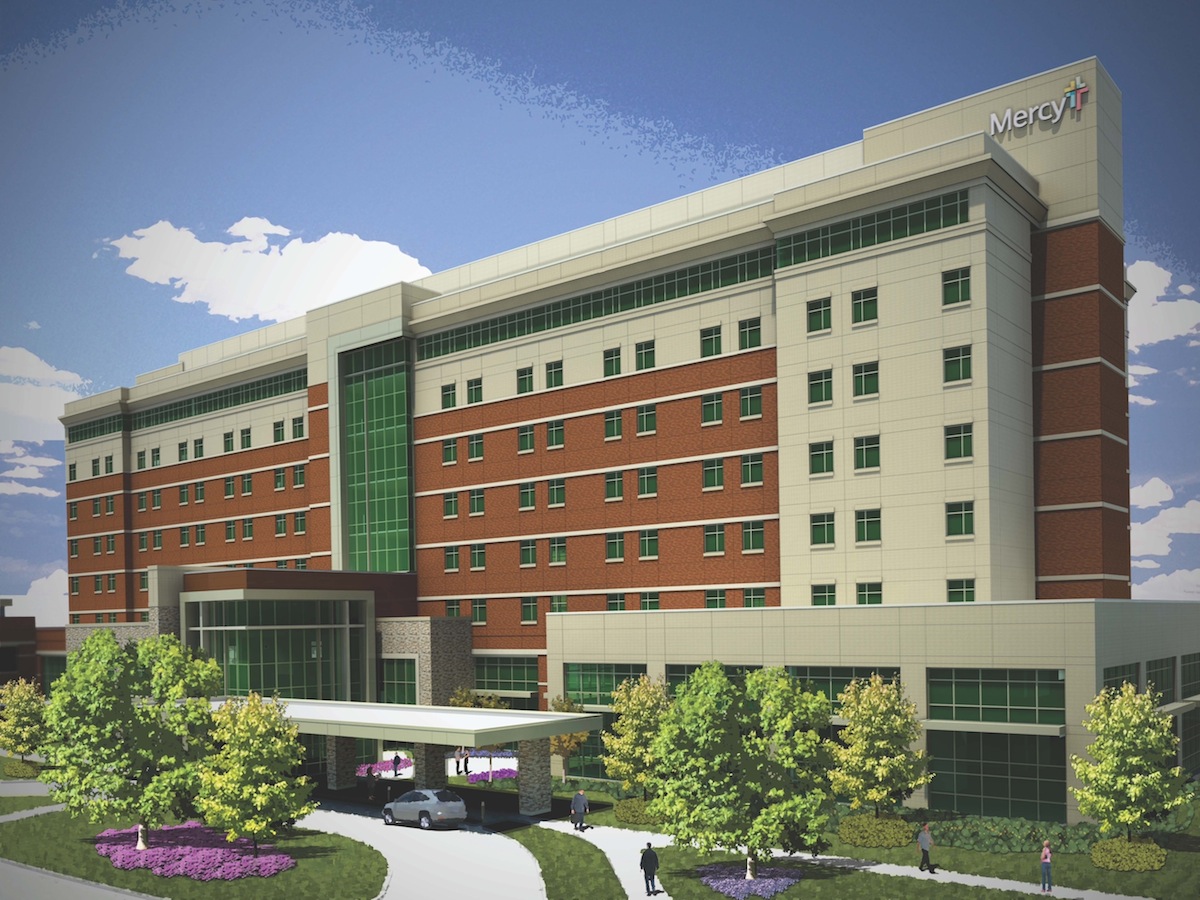The new Mercy Hospital Joplin in Missouri was designed to withstand winds of up to 250 mph.
The $465 million structure replaces St. John's Regional Medical Center that was destroyed in a 2011 tornado that devastated the city. The new 900,000 sf facility is scheduled to open 46 months after the storm struck.
The new hospital features a window and frame system that can protect patients from winds of up to 250 mph. The structure was built with a concrete roof and a precast concrete outer shell.
Engineers and architects with McCarthy Building Companies, Inc. and HKS Architects studied the storm’s aftermath and applied lessons drawn from that analysis in the new building.
Other buildings own by Mercy have also been shored up to withstand high winds. Strengthened windows have been added to other Mercy buildings including an orthopedic hospital in Springfield, Missouri, and a rehabilitation hospital in Oklahoma City.
Related Stories
| Aug 11, 2010
Holyoke Health Center
The team behind the new Holyoke (Mass.) Health Center was aiming for more than the renovation of a single building—they were hoping to revive an entire community. Holyoke's central business district was built in the 19th century as part of a planned industrial town, but over the years it had fallen into disrepair.
| Aug 11, 2010
Right-Sizing Healthcare
Over the past 30 years or so, the healthcare industry has quietly super-sized its healthcare facilities. Since 1980, ORs have bulked up in size by 53%, acute-care patient rooms by 77%. The slow creep went unlabeled until recently, when consultant H. Scot Latimer applied the super-sizing moniker to hospitals, inpatient rooms, operating rooms, and other treatment and administrative spaces.
| Aug 11, 2010
Great Solutions: Healthcare
11. Operating Room-Integrated MRI will Help Neurosurgeons Get it Right the First Time A major limitation of traditional brain cancer surgery is the lack of scanning capability in the operating room. Neurosurgeons do their best to visually identify and remove the cancerous tissue, but only an MRI scan will confirm if the operation was a complete success or not.







